I assume that the odd idea of losing weight while traveling got you here?
I’ve spent a few months of my travels doing that since 2017.
Long story short; at my highest, I weighed 256 lbs/116,4 kg.
At my lowest, I weighed around 196 lbs/89 kg.
Which is equal to a total weight loss of 60 lbs/27,4 kg.
Here’s my example of the infamous before and after photo:
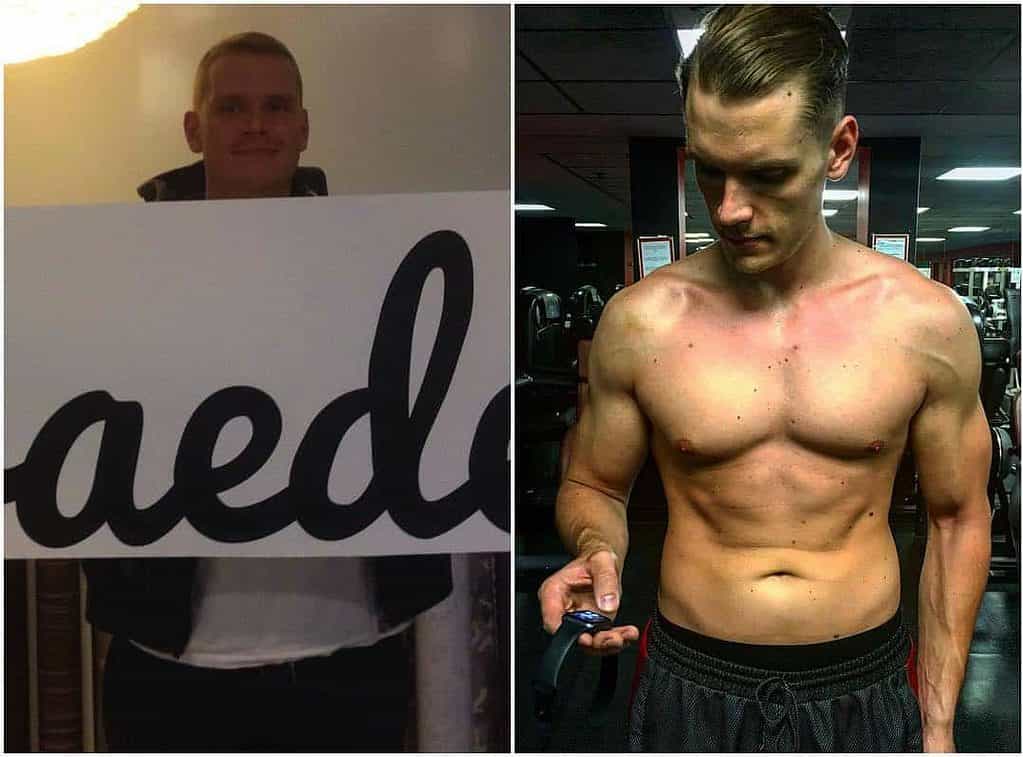
I know the sign is in the way.
But unfortunately, I don’t have any better before photos to compare with.
Blame my high-level ninja skills for avoiding cameras as much as possible (I let you guess why).
I’m glad my friend Christopher discovered the Achilles heel of this self-taught ninja. When he asked me to take a photo holding the sign for him.
Otherwise, I wouldn’t have been able to share a before photo with you.
But my journey started long before that.
I was on my first diet when I was 14 years old. Losing over 24 lbs/11 kg. at the time.
So in fact, I’ve struggled with my weight most of my life.
And today I have 15 years of experience in losing weight. Including all the trial and error to get where I am today.
I’ve tested countless different methods. Read more books than I can count. And tried most of the popular diets like the stone age diet, fasting, keto, etc.
But let’s get to the point.
I can still say without a doubt say, that the easiest and most enjoyable way to lose weight I’ve experienced so far, has been when I’ve mixed it with traveling.
📌 TIP: I advise you to take notes throughout the guide, so you'll be ready to start as soon as possible afterward.
📖 Table of Contents
- Why Losing Weight Away From Home Is So Much Easier
- I’ve Dedicated This Guide for You That…
- Deciding on What to Do and Where to Travel To
- Defining the Goals That Motivate You
- The Tool I’ve Created for You
- Tracking Your Progress and Adapting as You Go
- Preparation to Maximize Your Chances of Success
- Important Key Things for Avoiding Failure
- Recommended Supplements
- Protein Powder
- Electrolytes
- Creatine
- Your Reward and Celebration
- Returning Home
Why Losing Weight Away From Home Is So Much Easier
Our current weight and body fat percentage are a reflection of our habits. So if we want to lose weight, we have to change them. Whether it’s short or long-term.
And when you leave your home and travel to another location. It’s much easier to let the bad habits stay at home, and give space to adopt new and better ones. Also, you’ll be able to avoid familiar distractions and temptations from home, so you can focus 100% on your weight loss.
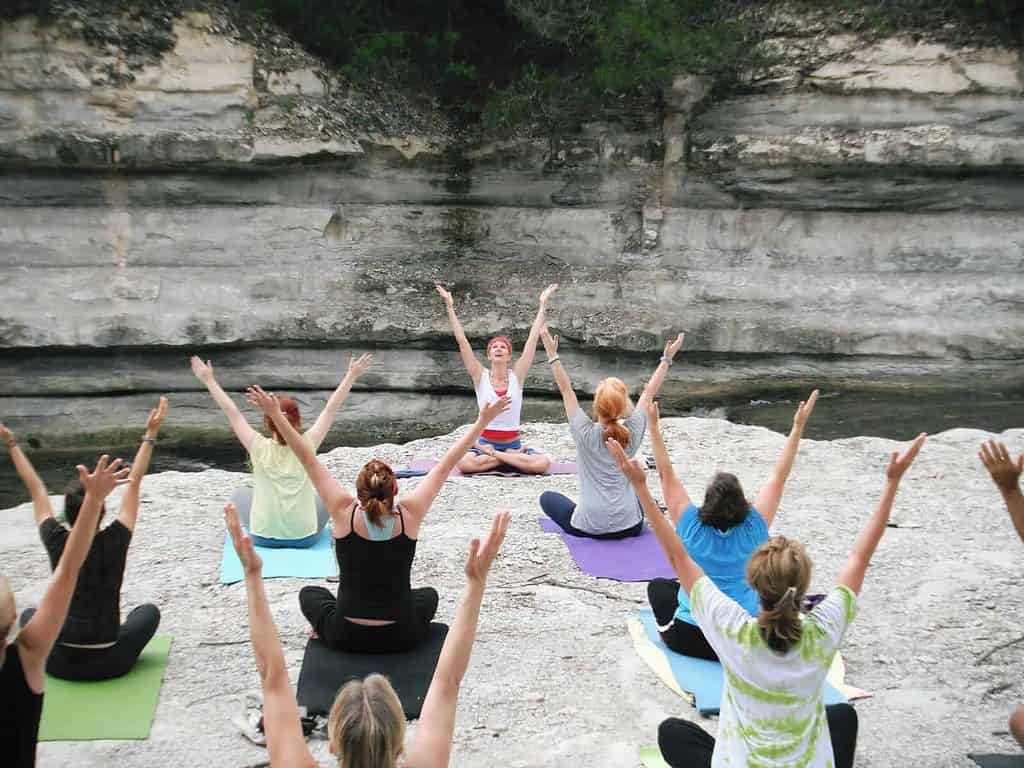
So if you want to go traveling and return home as a lighter version of yourself. Don’t look any further.
In this guide, I’ll provide you with everything you need step-by-step.
That includes guiding you with:
- Finding the physical activity to take part in abroad (and how to find the perfect place)
- Deciding on where to travel
- Locating the optimal accommodation
- Defining the goals that motivate you
- Using my tools which I’ll give you for free (a unique way of counting calories and activities)
- How to eat and drink for optimal results
- Preparation for increasing your chance of success
- Important key things for avoiding failure
- Recommended supplements
- Suggestions on rewarding and celebrating in the end
- How to make sure your results stay permanent after returning home
And with the chances of covering things you haven’t thought about. That will make your journey so much easier and more enjoyable. And help you avoid certain pitfalls.
I wish I had this kind of guide before going on the journey myself.
I’ve Dedicated This Guide for You That…
- Have tried to lose weight at home before without any success
- Want to lose a smaller or bigger amount of weight
- Don’t want to spend a fortune on expensive weight loss retreats (with an average price of $2000-7000/week!)
- Are dedicated to losing weight. And willing to invest the effort and time needed to be aligned with your ambitions
- Wants to make your weight loss as easy and enjoyable as possible
- Is set to limit food and drinking intake. While staying active at the same time
- And of course wants to go traveling!
Deciding on What to Do and Where to Travel To
The three pillars of weight loss consist of:
1. What you eat and drink
2. What physical activities do you do
3. How long time you been doing so
Notice that I didn’t use the word “exercise”. There’s a specific reason for that.
Because with all the activities we do, we burn calories. That doesn’t matter whether we’re hiking or trying to break a triathlon world record. Everything counts.
Choosing Your Physical Activity
Don’t limit yourself to the things you already know. You might have certain physical limits.
But beyond that, there are a lot of opportunities for you to learn whatever you desire all over the world.
No matter the activity you choose. You should consider choosing a social activity. So don’t travel to somewhere where you’re planning on just going to a gym alone. Choose an activity where you’ll be a part of a group.
We human beings are social animals, and we have social needs. And this doesn’t matter whether you’re an introvert or an extrovert.
And belonging to a social circle that’s doing the same thing. Will make it so much easier for you to stick to your plans.
It will also help you define yourself and your beliefs through your common activities.
Chances are that if you’re serious about your weight loss, you’ll get challenged.
And if you’re all by yourself without anyone pushing you, or inspiring you to set your bar higher. Well, then you’re unnecessarily limiting yourself.
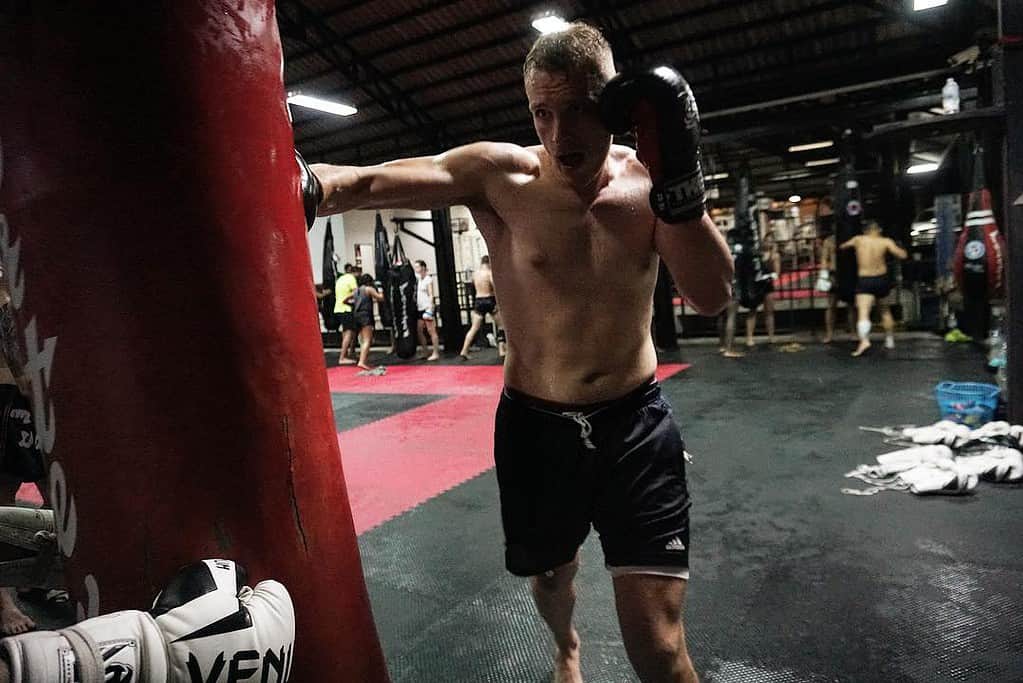
Also, you’ll feel more committed to sticking to your plans, if someone else is relying on you. Or simply just expects you to show up for training.
Because if you don’t have any good excuse to not show up, then it’s gonna be harder to share why you didn’t when everyone’s asking.
And when it comes to the time outside training, you’ll also cut the risk of failure in many ways.
Imagine your only way to socialize would be by going out and meeting new people. Often this would include food and alcohol and a certain amount of loss of control.
For those that can stick to a few drinks alcohol is fine, but for those of us, who either go 0 or all-in. It would be better to avoid it for the time being.
Or do both but accept that your weight loss results will be less effective, or take a longer time.
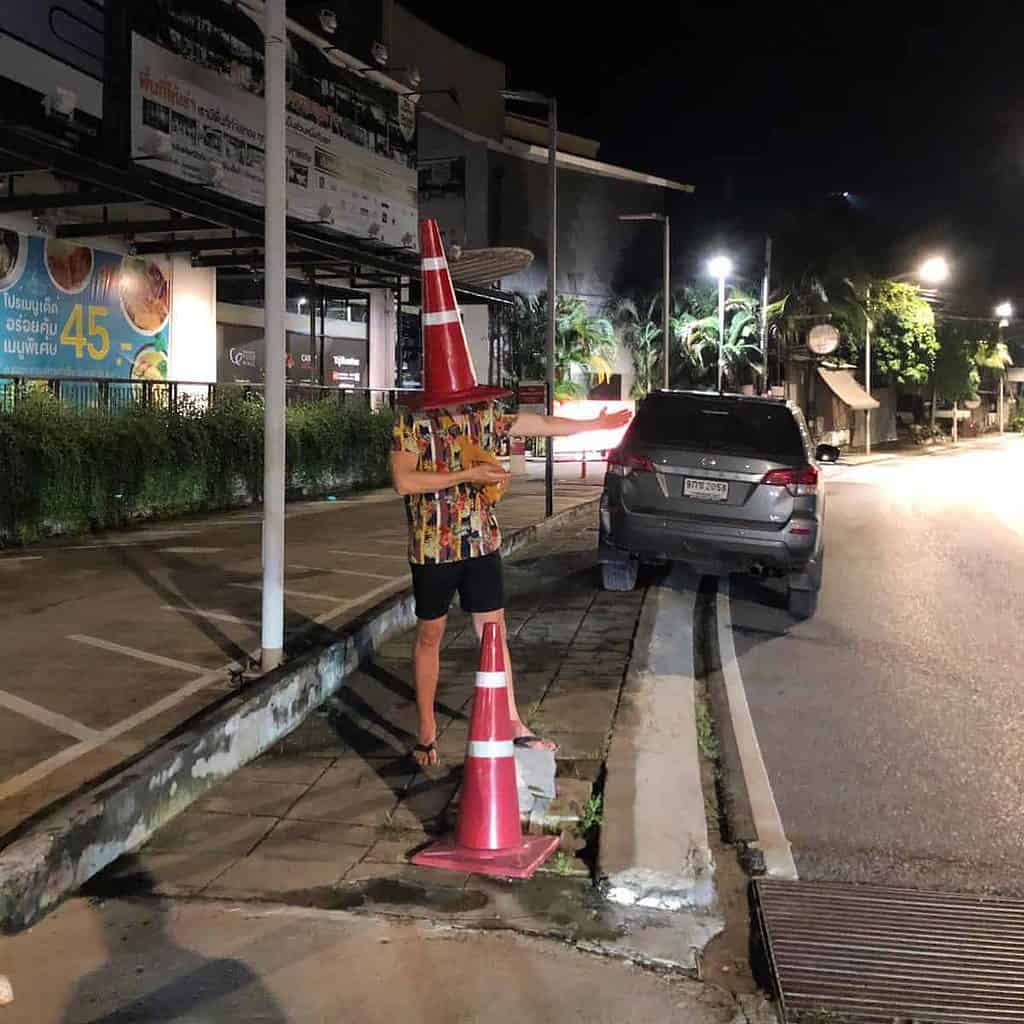
Inspiration for Finding Your Activity
If you’re not quite sure about what to do yet, here are a few tips for you on how to get started:
1. Google
You can call me Captain Obvious, it’s okay, I won’t cry, I promise…
2. Bookmartialarts.com
This is one of my personal favorites. For you that wish to become a ninja. Or might find all the byproducts of it appealing.
Such as increased self-defense skills, flexibility, and agility (and badass photos or videos).
3. List of Suggestions:
- Crossfit
- Cycling
- Diving
- Fitness
- Hiking
- Mountain Biking
- Skiing
- Tennis
- Trekking
- Water sports
- Windsurfing
Though keep in mind that some activities burn more calories than others. If your goal is to lose a significant amount of weight, you should choose one that is active. Aka get’s your pulse up.
📌 TIP: Consider reading my guide How to Train Muay Thai in Thailand: The #1 Self-Defense if becoming a Muay Thai champ sounds appealing to you
How to Decide Where to Travel
If your activity depends on a specific season. Then, first of all, make sure that you’ll be visiting at the right time of the year.
An easy way is to use Nomadlist for that.
Here you can filter through more than you can imagine.
Choose to filter the weather and months to get the information you need.
Thought you might need to check up on further information. But there I’ll let you be the expert on your chosen activity.
Important Checklist for Qualifying Your Place of Activity
Here are some considerations you should keep in mind:
1. Are There Enough Sessions Available?
You most likely want to be active two times per day depending on your activity.
Most places have evening sessions, but you should look for a place offering morning sessions too. You can always go to a gym.
Just don’t forget my advice on doing a social activity (at least once per day).
2. Do They Speak English and Is There a Great Social Life?
If there are a lot of other travelers, there most likely are. A way to make sure of this is by choosing a destination known for tourism.
By that, you increase the chance of meeting people that’s on the same page as you, which will make it easier to connect.
Also, the best thing would be to travel to a place with many options. You can’t judge a place to its fullest before attending a class or two there.
Locating the Optimal Accommodation
I guess you’re already familiar with the larger booking platforms such as Booking.com. So I’ll skip those options for you.
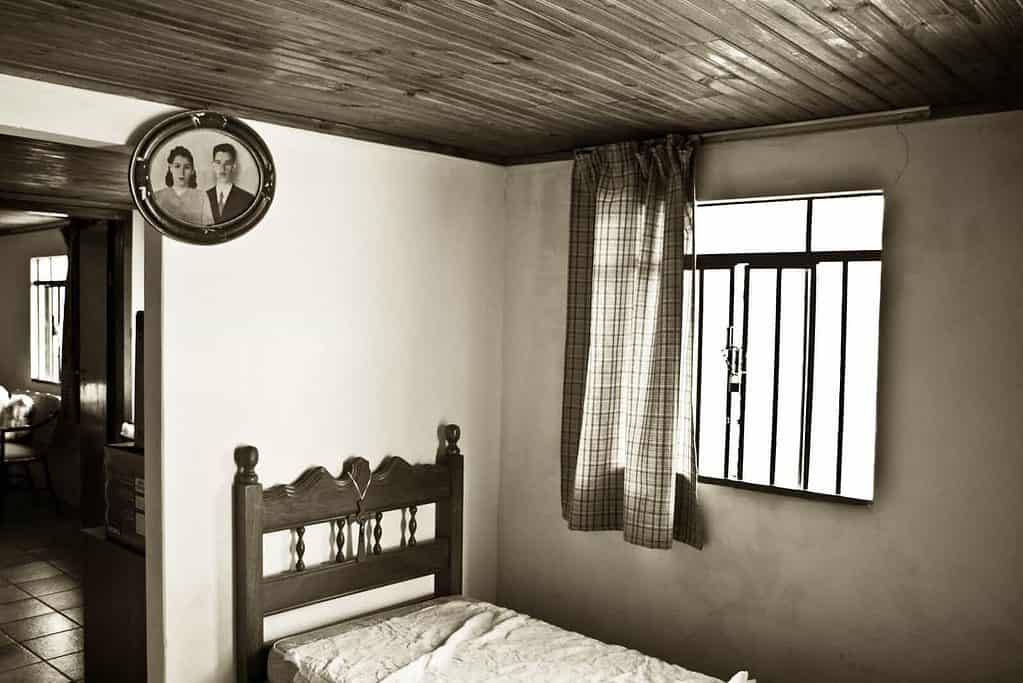
On-site Accommodation
If you find a place with onsite accommodation it can be super convenient. If you know that being lazy is one of your weaknesses, this is might a good option for you.
But also sometimes the most expensive option even if what you find seems like a good package option.
If you’re not choosing on-site accommodation. Then be very aware of your transportation options.
I’d suggest you now have more than 10-15 min. commute from your accommodation to your place.
The further away, the more time and energy you might waste that can be spent on other things. And it most likely will increase the risk of you skipping a session or two.
Facebook Marketplace
From my own experience. The cheapest accommodation I’ve found has been through the Facebook marketplace.
This makes sense since you’re often renting from locals without a middleman. Privates as well as businesses.
Do notice though. That you’re sometimes not able to contact the profiles in your country of choice except if you’re physically there.
This is due to Facebook’s safety precautions.
Airbnb
Here you often also rent from locals for a higher price. But for the extra money, you’ll get an extra layer of safety to your booking by having Airbnb as your trusted middleman.
📌 TIP: No matter the option you choose. Go for a place that has a kitchen. That will make it so much easier for you to prepare some of your own meals. If that's not possible. Then at least go for a place with a refrigerator. Because you can always use the toilet sink for simple dishes. Such as yogurt with granola for example, which only requires a bowl and spoon.
Defining the Goals That Motivate You
There’s a difference between whether you want to lose a few pounds or kilos or a lot. Or if you’re aiming to get ripped.
You might don’t know the amount of weight you want to lose yet.
But don’t worry, the 100% free tool I’ve made for you will help you decide that. And estimate how long time it will approx. take you to get there.
The Tool I’ve Created for You
The weight loss and fat percentage you aim for will define the intensity and time needed to succeed.
And to cover this you need the right tools.
John’s Lab (My Tool)
Let me introduce a unique way to count your calories combined with your activities.
I promise you’ve never seen anything like this before. And I can say this because I created the tool myself.
The tool which I call “John’s lab” is the one I’ve used for a few years myself. I’ve also improved on it over and over again until where it is today.
And I’ve shared it with friends and family, which have had great success using it as well.
The video I’ve made for you below is an A-Z guide on how to set up and use it yourself.
Let me introduce to you, “John’s Lab”:
After you’ve watched the video, you can go make your copy of the tool here.
And you can also find the tools from the video that calculates your metrics here:
1. Calculation of “daily average calorie output”
2. Calculation of “weekly calorie outputs”
If you find yourself having any questions about the tool. Don’t hesitate to leave a comment below this article, and I’ll get back to you ASAP 🙂
📌 TIP: In case you feel hunger throughout the day, consider spreading out the calories more equally between meals. In this particular example from the standard template of John's Lab, that would mean more calories for lunch.
Crucial Points on Counting and Budgeting Calories
1. Go For Nutritious Filling Foods
Preferably high on the satiety index (avoid the lower-number foods).
And this often means eating at least one larger meal of vegetables daily.
And avoiding snacks like chips, chocolate, and sweets. And instead of bread, go for potatoes or rice. These are just examples to emphasize my point.
This is crucial when being in a calorie deficit, and even more important while staying highly active.
If you neglect this, you most likely will face fatigue and hunger. That will make it close to impossible for you to succeed in the long run.
2. Don’t Neglect Your Protein Intake
Proteins make you feel more full, prevent muscle loss in a calorie deficit, and speed up recovery. Also, try to divide your protein intake throughout the day if possible.
3. Take Advantage of 0-Calorie Beverages
Drinking water, coffee, tea, and diet soda is a great way to treat yourself for all your hard work, while also leaving you feeling a bit more full.
I always take high advantage of Coca-Cola Zeros when I’m in a calorie deficit.
The only thing you should be aware of is not getting too much coffee (caffeine) since this can raise cortisol and mess with your ability to rest and therefore recover.
Usually, an amount of caffeine not more than equal to 2-3 cups of coffee per day is suggested.
But this comes down to your tolerance in the end.
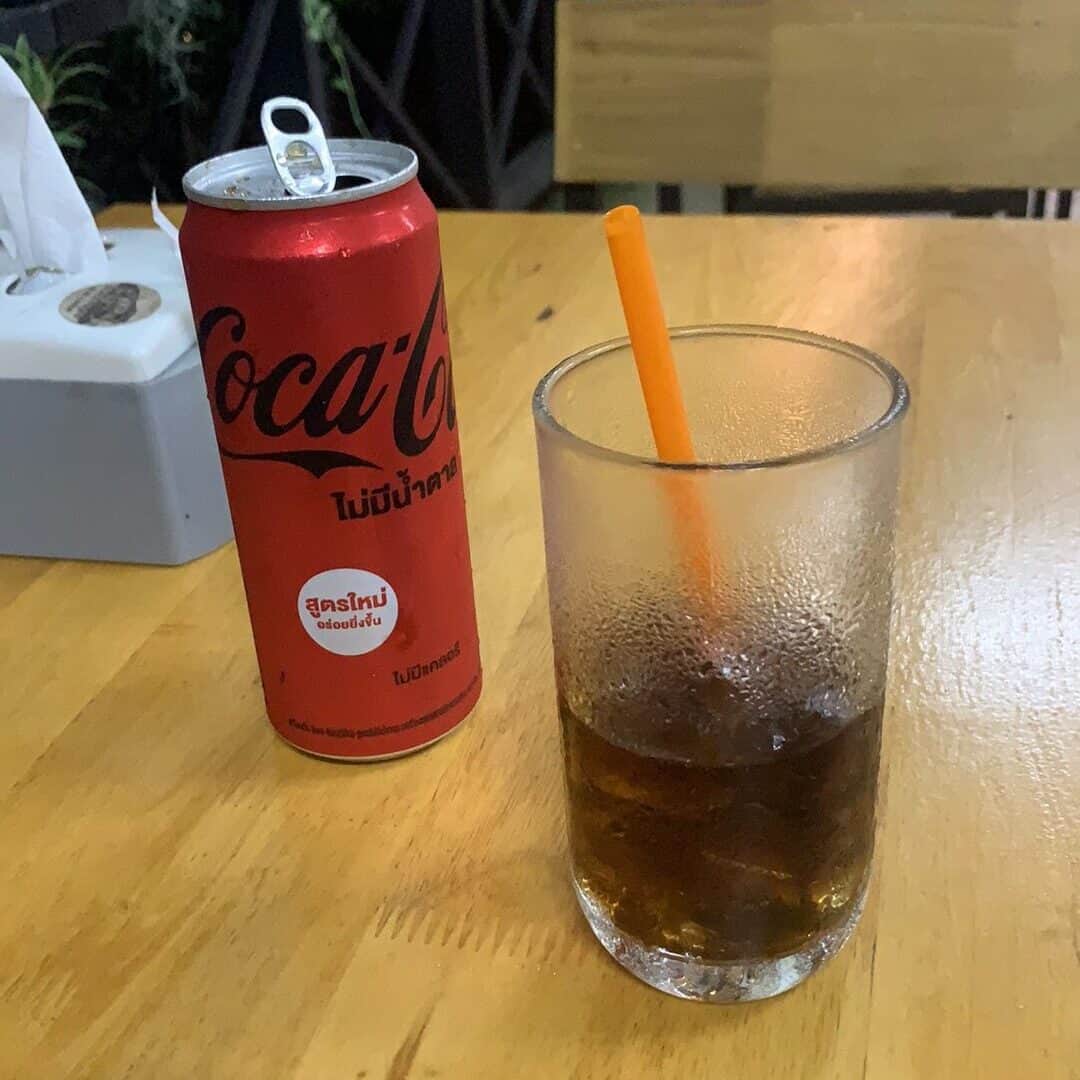
4. You Don’t Need To Know the Exact Amount of Calories in Every Meal
And that’s okay!
But keep these meals limited. For example, know the number of calories in your breakfast, lunch, and snacks (like for my example in John’s Lab).
And then allow your dinner to be more flexible with an approx. estimate.
If you’re eating popular local dishes from the country you’re traveling to. Often you can find good calorie and protein estimates online.
But make sure to research many sources (min. 3-5), since they can vary a lot, and there’s a lot of wrong data online when it comes to calorie measuring

5. Have a Large Dinner and a Snack/Beverage Before Bedtime
This increases the chance of going to bed on a full stomach, which is important for a good night’s sleep.
But try to not eat a heavy meal within 3 hours of going to bed though, since this can disturb your sleep.
📌 TIP: If you feel hunger and fatigue which triggers too much stress, interrupts your sleep, and in general makes you feel miserable rather than healthy challenged for a period of 3 days or more. While you're following all the 5 pieces of advices above (and everything else in this guide). Then it could be due to a too large calorie deficit, in which case you should adjust your intake. This could be due to an error in your estimates of your calorie input and outputs. Or simply just be because that's how it is corresponding to your unique body. In case you've double-checked your estimates, then the last- and the very much suggested option is to decrease your calorie deficit a bit, like 10-20%. For example. If your calorie deficit is 20% (in that case 80% in John's Lab in cell B5 under "🎯 Activities"). Try to adjust it to 16-18% (equal to 82-84% in John's Lab in cell B5 under "🎯 Activities"). Though be aware that the longer time you're in a calorie deficit, and the lower your fat percentage is, the more challenging it can get.
Tracking Your Progress and Adapting as You Go
If you have access to a weight that’s good, but it’s not necessary.
Though you want to know your weight when you’re starting.
Take photos of yourself each week at the same spot, at the same time of the day (and in the same light). Will also give you the feedback you need.
I recommend both if possible. And if you’re gonna weigh yourself. Then it’s very important to keep in mind that a lot of times losing weight isn’t a linear process.
Chances are that some weeks you’ll see a big weight loss, and some weeks even none. And that’s even if you’re doing everything right.
📌 TIP: The average adult's weight fluctuates up to 2,3-2,7 kg per day (5-6 pounds per day).
That’s why using photos is a good tool to confirm your progress as well.
But if you’re not seeing the results you’re expecting after 2-3 weeks. Then take a closer look at your calculations and make sure that there are no errors.
Especially be aware of your “daily average calorie output” and “weekly calorie outputs”. Since these are the ones that often accumulate the biggest outputs.
And for your input, be aware that you’ve calculated everything right there. Since these are the ones that also often accumulate the biggest inputs.
If you can’t find any errors. And you haven’t experienced any hunger so far. You can try adjusting your “daily average calorie output” with a few hundred calories.
📌 TIP: Though the tool "John's Lab" is free, it's still copyrighted and owned by me. You can use it for personal use and share it with whomever you wish :-)
Preparation to Maximize Your Chances of Success
Two things mainly define how challenging your weight loss is gonna be:
1. Your calorie deficit
2. Your level of activity
And if you’re pushing yourself to your max. weight loss potential (without burning muscles).
Maybe not on the first day, or the second. Or even the first week.
But if you’re on a long journey with a proper calorie deficit and level of activity combined.
Then it will be challenging.
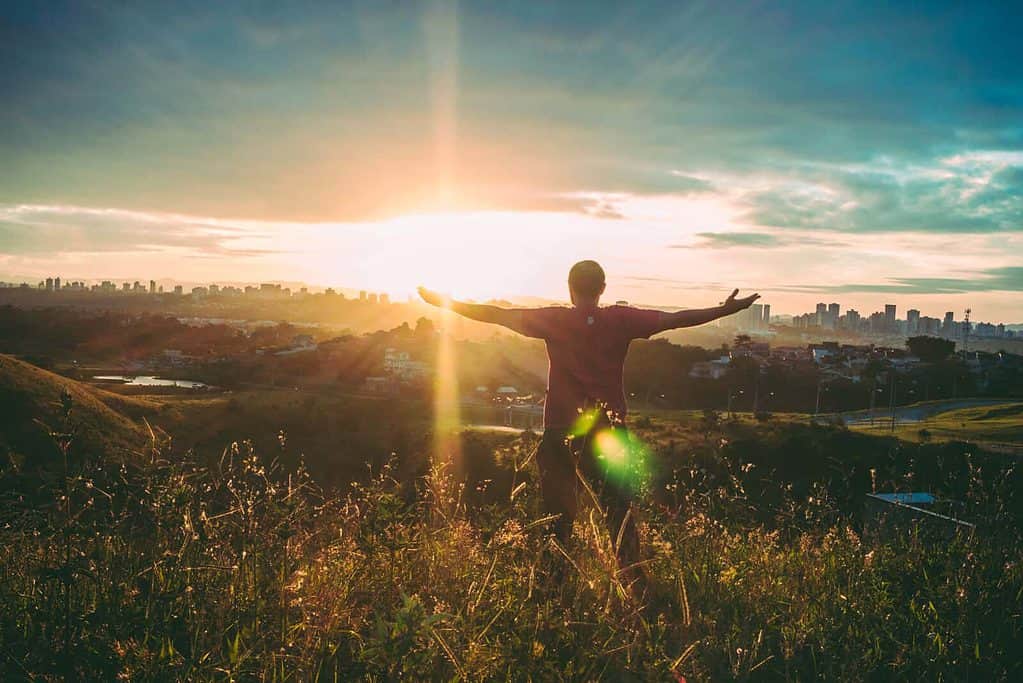
You’ll most likely experience:
- Hunger, cravings, and the feeling of emptiness
- Restlessness and that time go slow. Especially if you’re not keeping yourself busy with something
- Sore muscles, tiredness, and physical fatigue
- Stress and mental fatigue
The way we get familiar with these things and expect them is key.
1. And 2. Point
These are both good things, and something you should celebrate if it occurs.
Because both are symptoms of a continuous calorie deficit, which is the formula for weight loss. That proves you’re doing exactly what you’re supposed to.
You can minimize both by being in a smaller calorie deficit and training less. But this depends on your goals and the time you have to reach them.
3. Point
Is normal when you’re forcing your body to become stronger.
And there’s a difference between feeling sore and tired in a healthy way. Versus being overtrained and exhausted in an unhealthy way.
To know what is what requires experience. This experience you might already have, and if not, the only way is to go get it.
You can compare the healthy way with the feeling you have sometimes when getting up in the morning.
You can feel tired and weak. But once you get up and your body and mind wake up, everything is fine.
That’s because the tiredness and weakness were just symptoms of you being passive for a longer time.
And in that case, there’s nothing wrong with going out and being active.
Even if it requires you to kick your butt first to get going, and your body and mind try to convince you otherwise. That’s not unhealthy.
It’s quite the opposite. You allowed your body and mind to get to the point of being well-rested. And now you just need to get it warmed up again.
4. Point
This is also normal. Especially if you have a day with low energy and maybe all the other things explained in the previous step.
As long as the stress isn’t too strong. Be aware of symptoms like insomnia, pressure in your chest, and other symptoms of stress.
And whether it goes away once you start getting active (which it should).
Conclusion on All Points (1-4)
The thing is, effective weight loss is hard. If you want the most results in the shortest amount of time, there’s no way around it.
With that said, it should still be enjoyable most of the time. Including the activities, you’re attending.
If you want to put less pressure on yourself, an alternative is only relying on a long-term lifestyle change.
But the downside of this approach is that it takes longer. And the risk of either eating too little or too much is much greater.
You can’t have one without the other, and there are pros and cons to whatever strategy you choose.
In case you don’t believe me, why do you think there are so many that fail to lose weight long-term? Because it’s easy? Hmm… Don’t think so.
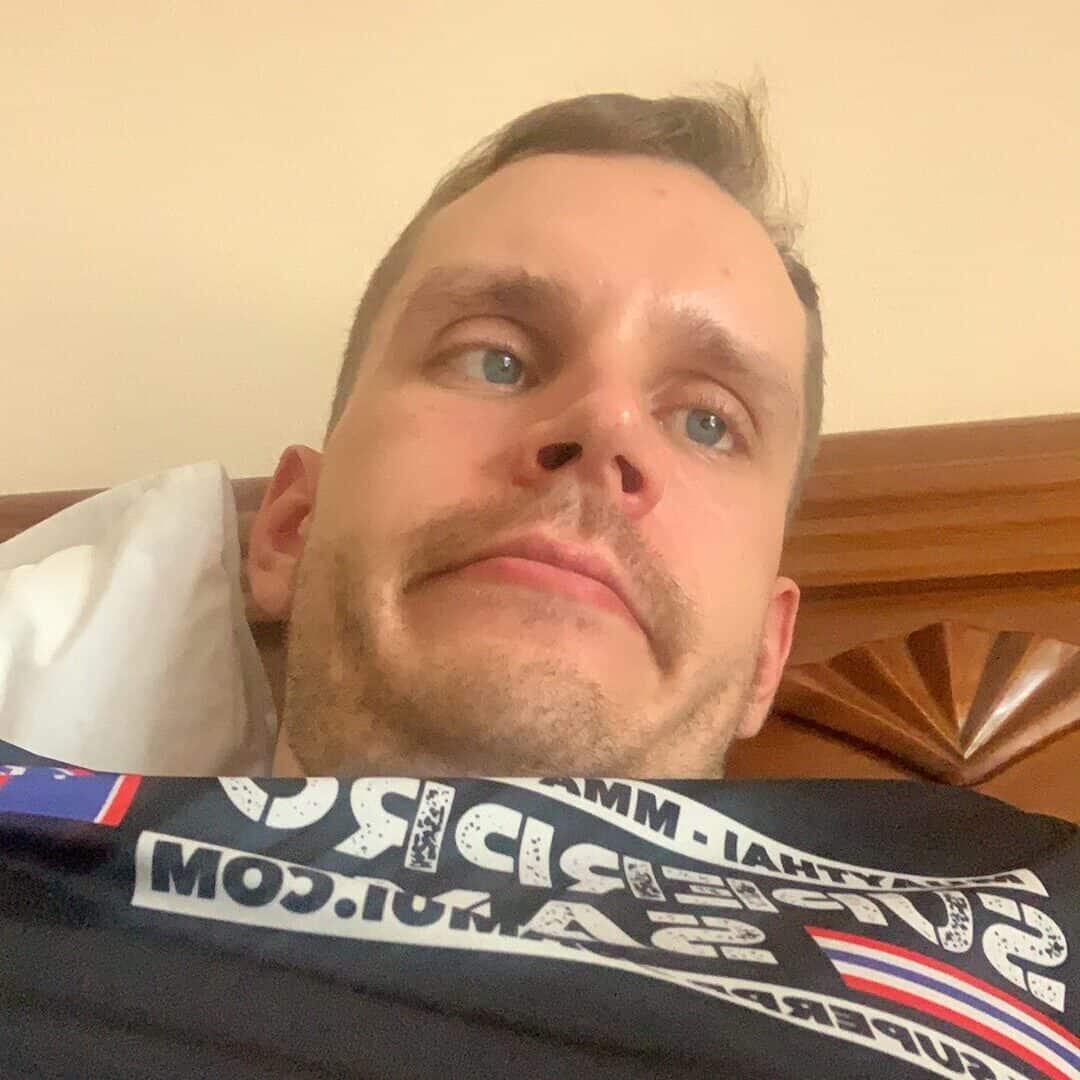
Important Key Things for Avoiding Failure
1. Sleep
The quality- and amount of sleep you’re getting is the whole foundation of “you”.
It defines how well you perform in all possible aspects of life, including the way to your weight loss goals.
Your physical recovery is optimal in the 8-9 hours range, so aim to get that.
Also, it will provide you with more energy and reduce cravings.
But don’t worry, if you’ve never slept that much, 7 hours will most likely also do you fine.
Let’s go through the tips on how to sleep like a baby most nights.
Choose the Right Accommodation
Make sure your sleep won’t get disturbed by noise, light, or temperature.
Opt-in for a place where you can regulate the room temperature.
And consider bringing earplugs and a night mask. Though a quiet room with effective curtains is preferable.
Go To Bed and Get Up at the Same Time Every Day
Going against your circadian rhythm is like swimming against the stream. And why do that when you can just float with it?
Naps Are Good
Aim for around 20 min. After intense activity, they usually do wonders.
Put Your Phone Somewhere So You Can’t Reach It From Your Bed
Those small devils are your sleep’s worst nightmare (and so many other things).
Avoid Getting Too Much Caffeine
Approx. not more than 2-3 cups of coffee per day. And don’t consume any 7 hours before you’re going to bed.
Getting too much caffeine can also raise your cortisol levels, which can hurt your rest and recovery.
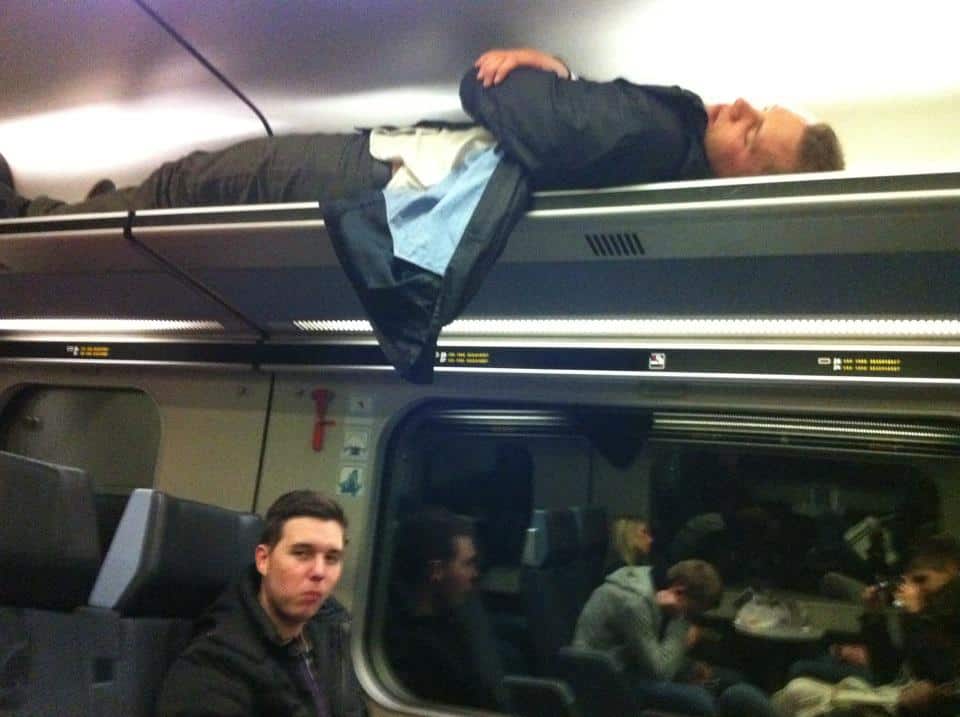
2. Rest, Recovery, and Making Your Weight Loss a Clear Priority
Never forget that your #1 priority is to lose weight while on this journey, and for that, you need to rest and recover.
When you’re tired and drained allow yourself to be so. Even if you’ve had your sleep and coffee.
It’s not about “how it’s supposed to be”, but rather “how it is”. Listen to your body, it knows best.
Being tired is okay. It would be a cause of concern if you weren’t.
It took me a long time to realize this.
When I invest almost 100% into training combined with being in a calorie deficit. Then I don’t have as much energy for other things as I use to.
It’s temporary and there’s nothing wrong with it. Remember that if you start getting frustrated and questioning yourself why you don’t have the energy for X and Y.
The only thing you can do is to become familiar with techniques on how to rewind and relax.
I usually like to go to massages after dinner and right before bed. This get’s me into relaxation mode and increases the chances of a good night’s sleep.
3. It’s Not All or Nothing if You Make a Mistake
You’re a human. You make mistakes. We all do.
With the risk of repeating a cliche – it’s not about avoiding making mistakes, it’s about how we act on them when we do.
If (when) you make a mistake, don’t allow yourself to let go of everything you worked for. Accept the setback, and continue forward as best as possible.
If you cheat on your meal plan or skip training it’s not the end of the world.
But don’t do double damage by acting as if nothing else matters from that point. Or at least until tomorrow or next week when “you’ll try again”.
Expect the ups and downs on a larger scale. It’s not the current situation, but the results, in the end, that matter.
Let me visualize my point by using the stock market:

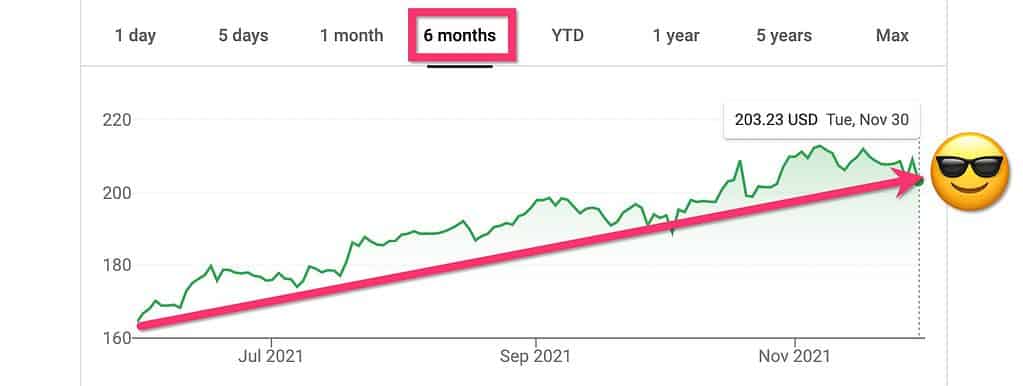
The months in the examples above shouldn’t be taken literally.
It’s just to prove my point that you often have to zoom out looking at the bigger picture, to see how things are.
4. Take Well-Deserved Breaks if You’re on a Longer Retreat (Approximately 4 to +8 Weeks)
If your retreat lasts longer than around 4 – +8 weeks, consider scheduling some well-deserved breaks in between. For example every 4th week.
This guide is designed for optimal weight loss vs. time, which will most likely challenge you.
And the longer you do it, the harder it can get.
But we’re just human beings, and we have a limit on how far we can push ourselves and for how long, and the price of stress and missed experiences often isn’t worth it. Also as stated earlier, you want to keep having fun with your activity and weight loss. Don’t ruin the relationship by pushing yourself too much.
We’re in it for the long run.
And if you’re on a longer retreat, it also means that you have more time to reach your goals.
And for example, a break of 1-3 days every 4th. weeks won’t ruin your overall goal as long as you don’t binge 3 days in a row.
Not only is this a great way to keep yourself motivated. But mental recovery is just as crucial as everything else you do on the journey.
Recommended Supplements
Don’t worry, I’m not gonna advise you to waste a lot of money on supplements.
The ones that have significant scientific proof are usually very cheap. What a coincidence, right?
Let’s go through the supplements that are worth considering.
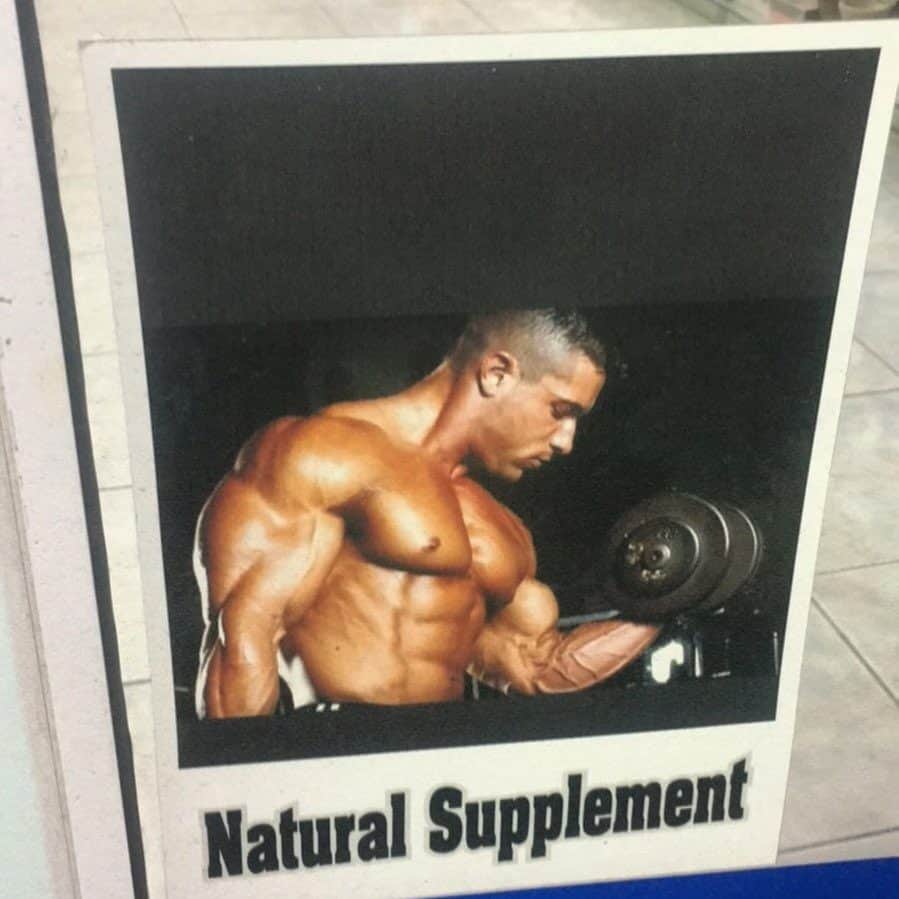
Protein Powder
A must-have if you don’t reach the min. protein intake through food. The alternative is potential muscle loss and suboptimal recovery).
Electrolytes
If you’re sweating a lot during your activity. Either due to the intensity, warm weather, or both. This will help you stay hydrated).
Creatine
This little bad boy is super cheap and can help you perform at your best. Though not necessary at all). You can read more about the potential effects of creatine and recommended doses at the one and only Examine.com.
Should You Bring Your Supplements From Home?
Depending on where you’re from and where you’re traveling to. Bringing everything you need can be the cheaper option if you have space for it in your luggage.
📌 TIP: If you're not traveling with a water filter, and/or find yourself in the need of bottled water. Then consider going for mineral water rather than drinking water. Some places you travel there's a difference. For the usually little extra money, you'll get money infused with minerals that are useful for you. Especially if you're sweating a lot.
Your Reward and Celebration
Let’s get to the part of this guide, where we’re allowing ourselves to get spoiled a little bit.
To perform at our best, we need motivation. And giving ourselves a well-deserved constructive reward after working hard is the way to do so.
This is also very important to keep in mind during the progress when you’re pushing yourself on the daily basis.
To have that mental cookie to look forward to.
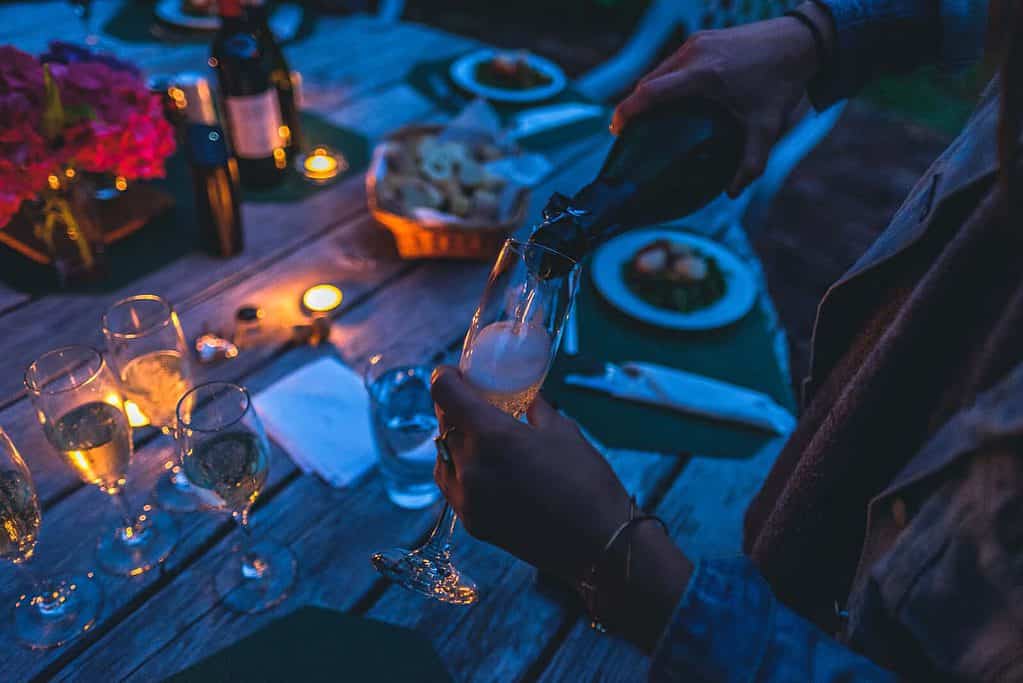
It’s so much harder working for long-term gratification compared to short-term gratification. That’s why most people opt for the last one by default.
The other one is hard and creates friction, but is unavoidable to face for most things worth working for in life.
So make a very clear reward and celebration that you’ll attend to once you reach your goal.
And now that you’re traveling. It would be natural to consider indulging in something a the location you’re at.
This could be an epic weekend with the foods you desire and a party or two with the nice people you’ve met (or haven’t met yet).
It could also be a certain event you’re looking forward to when getting home.
Whether it’s just going shopping for a new wardrobe, or an event with friends and other loved ones.
Though it will result in a little weight gain, the good memories you’ll create will most likely add up for it.
Returning Home
So what would the point of your hard work be if you went straight back to your old habits at home?
In that case, chances are that you’ll end up where you started.
So decide on what you’re gonna bring back home from what you’ve learned, and what you’re gonna do.
I know you being home asks for more of you than when you’re traveling. So try to keep it simple.
The good thing about being home is that you usually have more time than when traveling. Except that’s what you do full-time. But that’s not what most people do.
So add a few simple variables to your life, that over time will result in a calorie deficit or maintenance. So you don’t end up where you started.
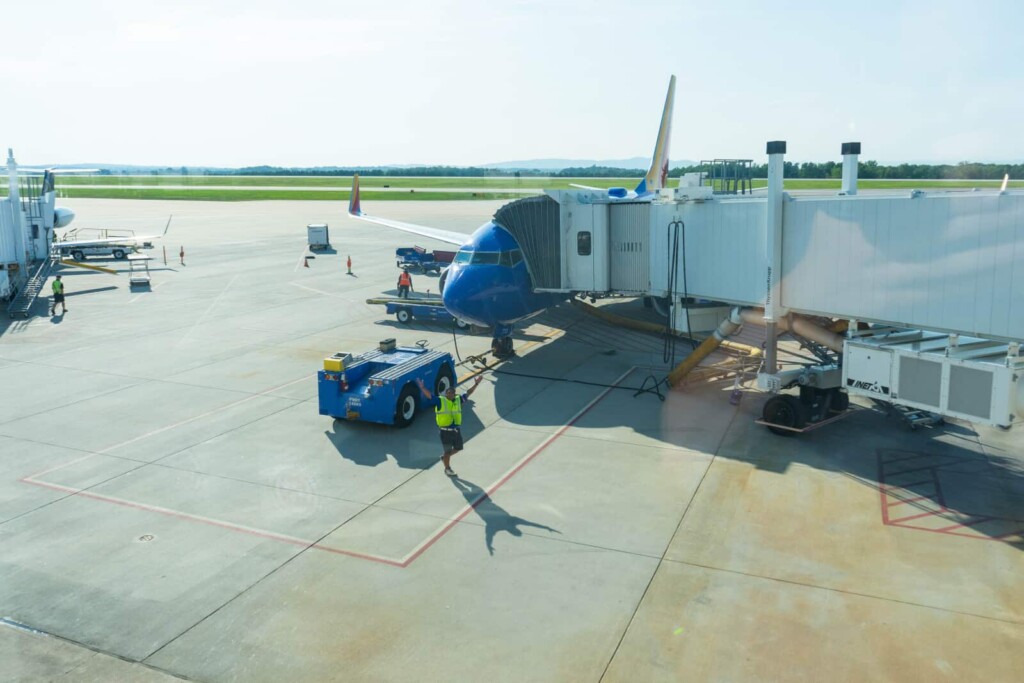
Aim to add or change one new habit within the two main weight loss categories. One is food and drinks (calorie inputs). And one is your recurring activities (calorie outputs).
This could for example be to start doing intermitted fasting and skip breakfast. Or continue eating whatever you want, but only half of what you’re used to (or less).
And an example of implementing recurrent activities. Do what you enjoy the most, or make it enjoyable, so you’ll be continuous with it.
And then aim to do it at least 1-3 times per week.
Once you experience how powerful everything provided in this guide can be. I’ll advise you to treat it with respect for your own sake.
It’s easy to use it as a pillow, rather than making these few changes at home. That will result in being happy with your weight most of the time.
Now go do the hard work, while having fun and creating memories for life while traveling. And at least but not least, enjoy the well-deserved result at the end.


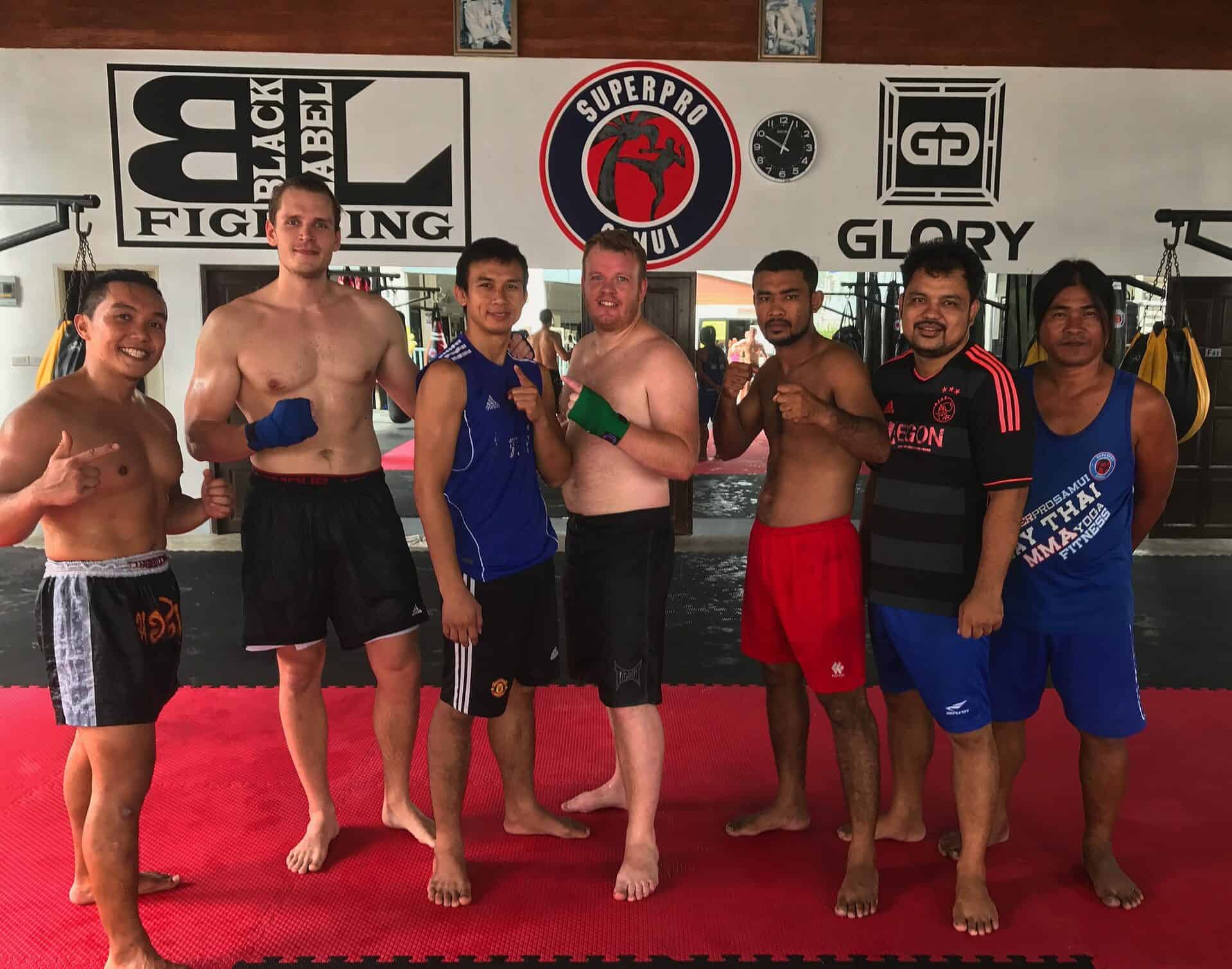

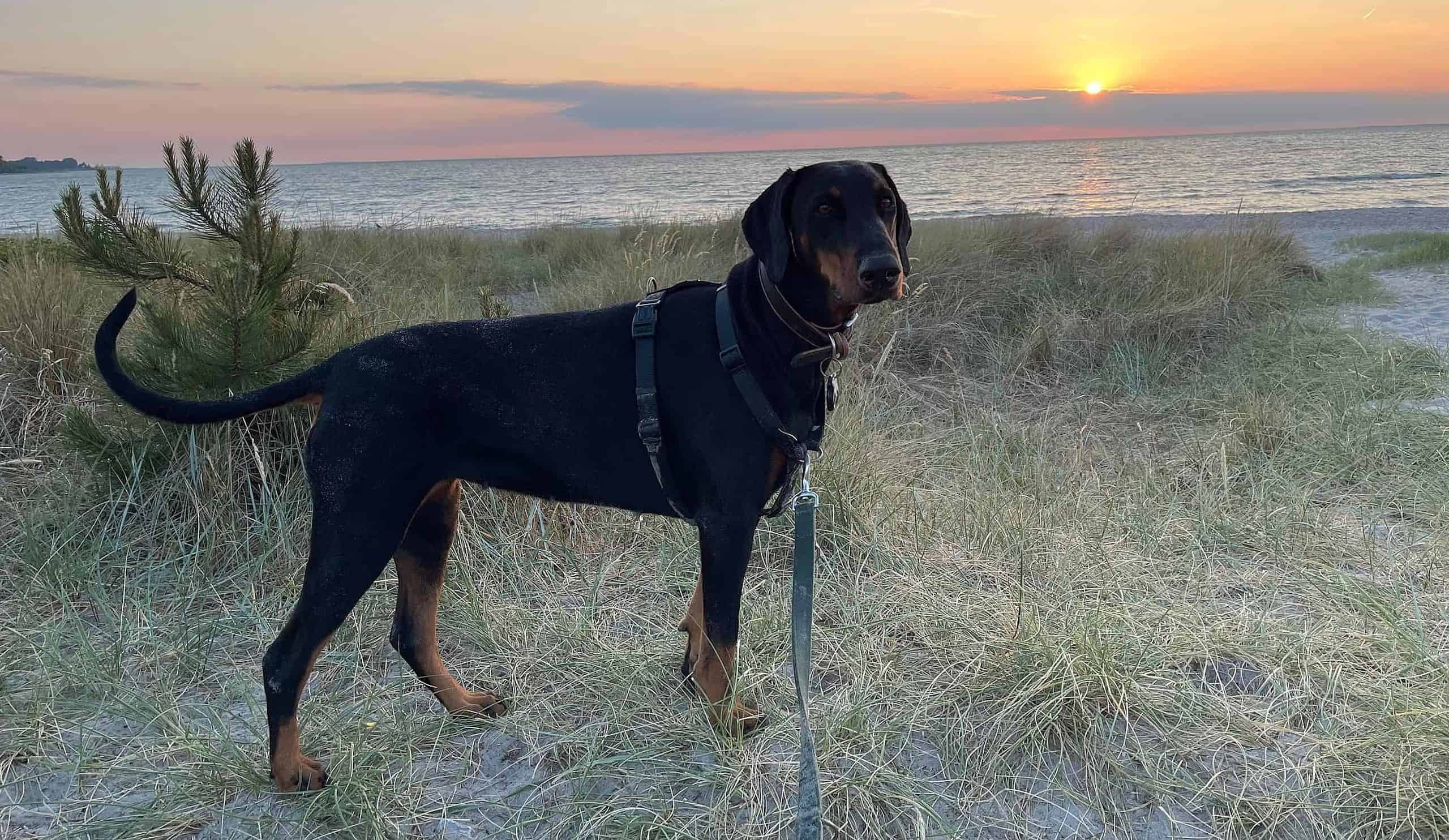
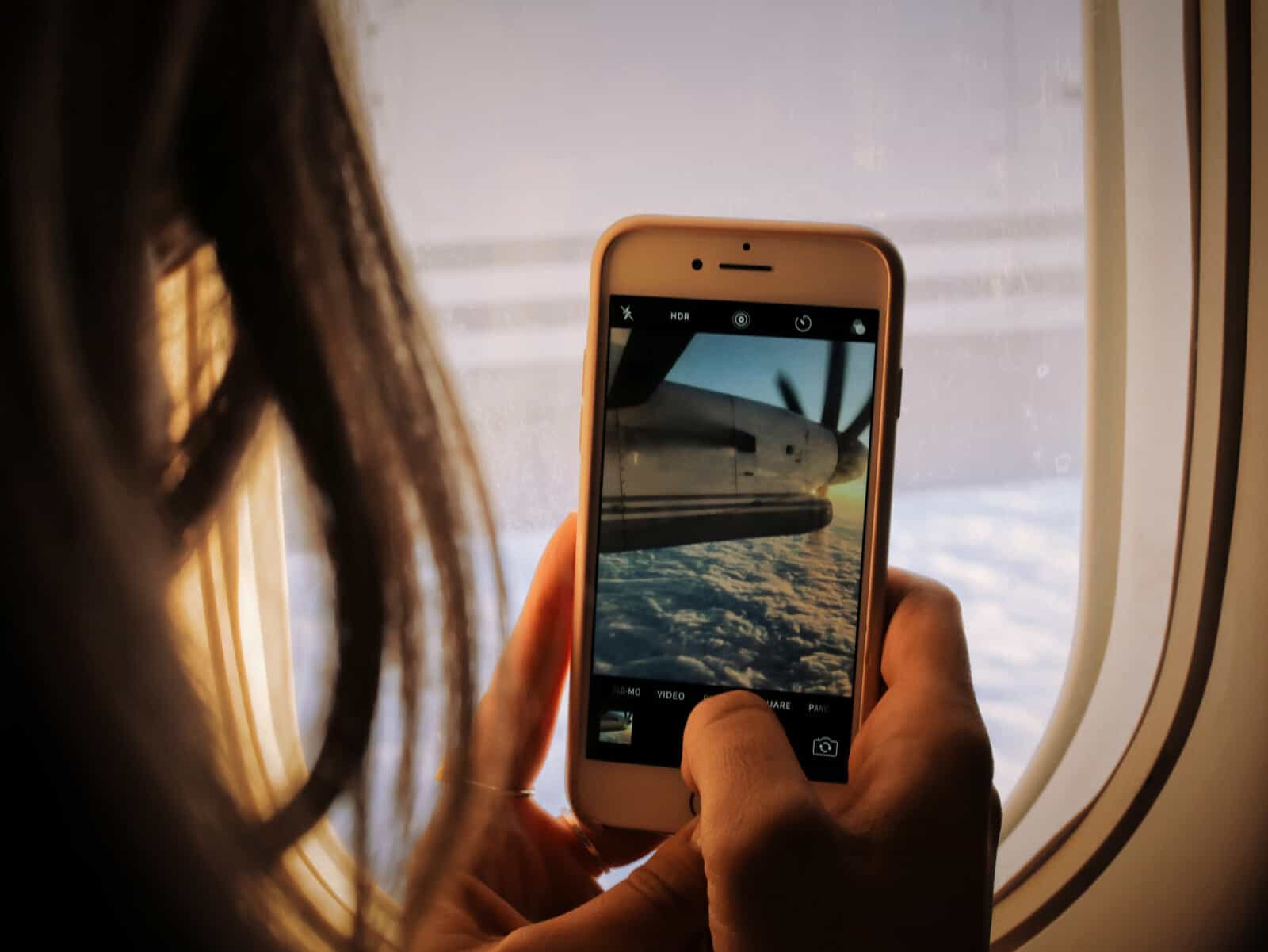
Leave a reply